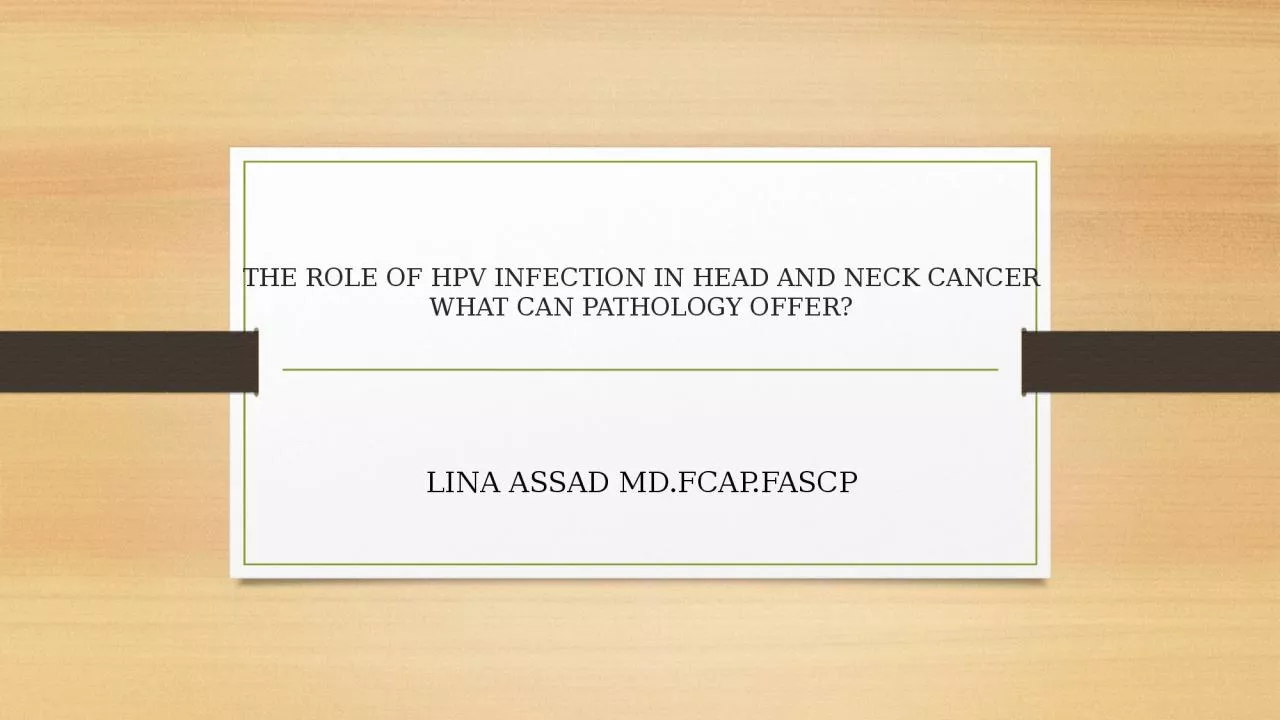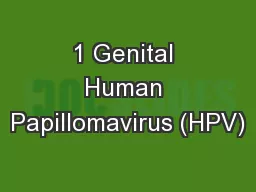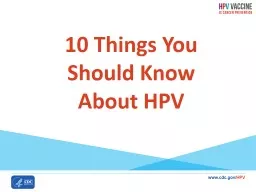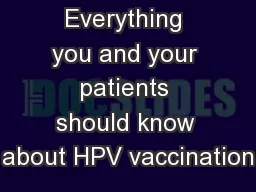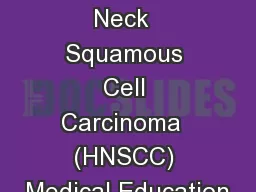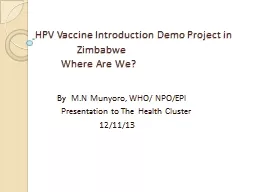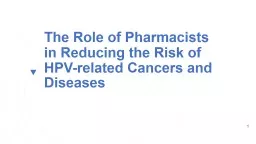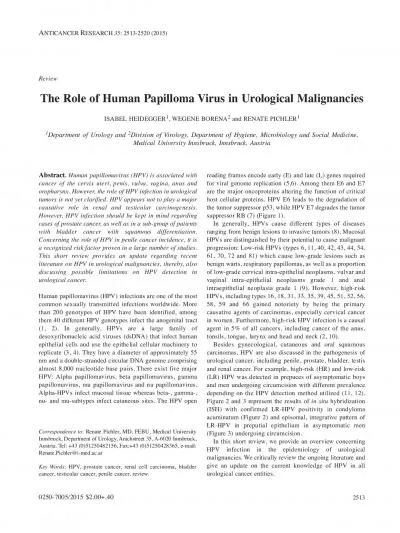PPT-THE ROLE OF HPV INFECTION IN HEAD AND NECK CANCER
Author : naomi | Published Date : 2024-01-17
WHAT CAN PATHOLOGY OFFER LINA ASSAD MDFCAPFASCP Evidence on carcinogenicity The carcinogenicity confirmed 1983 following the clonig of HPV 16 type in cervical carcinoma
Presentation Embed Code
Download Presentation
Download Presentation The PPT/PDF document "THE ROLE OF HPV INFECTION IN HEAD AND NE..." is the property of its rightful owner. Permission is granted to download and print the materials on this website for personal, non-commercial use only, and to display it on your personal computer provided you do not modify the materials and that you retain all copyright notices contained in the materials. By downloading content from our website, you accept the terms of this agreement.
THE ROLE OF HPV INFECTION IN HEAD AND NECK CANCER: Transcript
Download Rules Of Document
"THE ROLE OF HPV INFECTION IN HEAD AND NECK CANCER"The content belongs to its owner. You may download and print it for personal use, without modification, and keep all copyright notices. By downloading, you agree to these terms.
Related Documents

